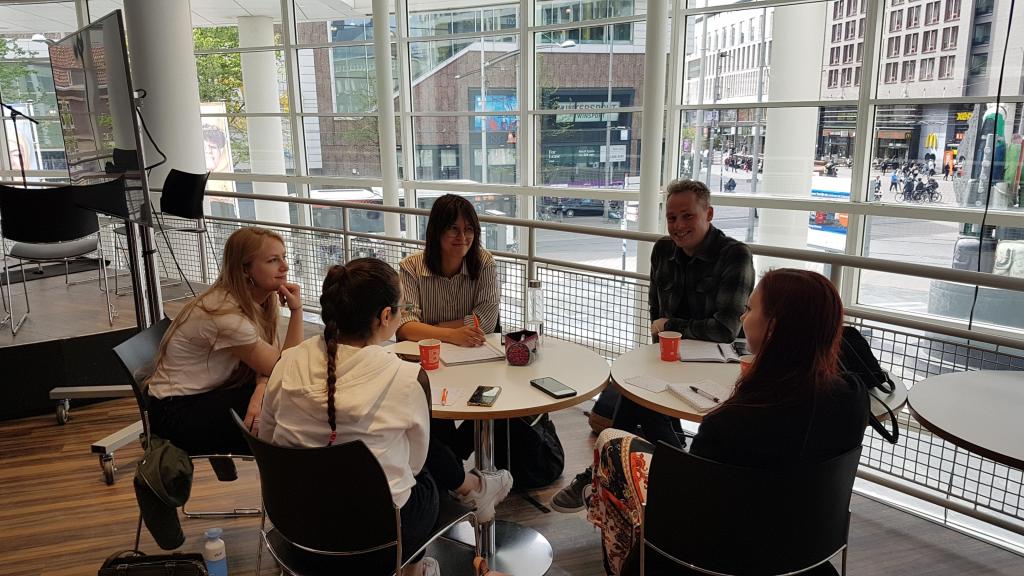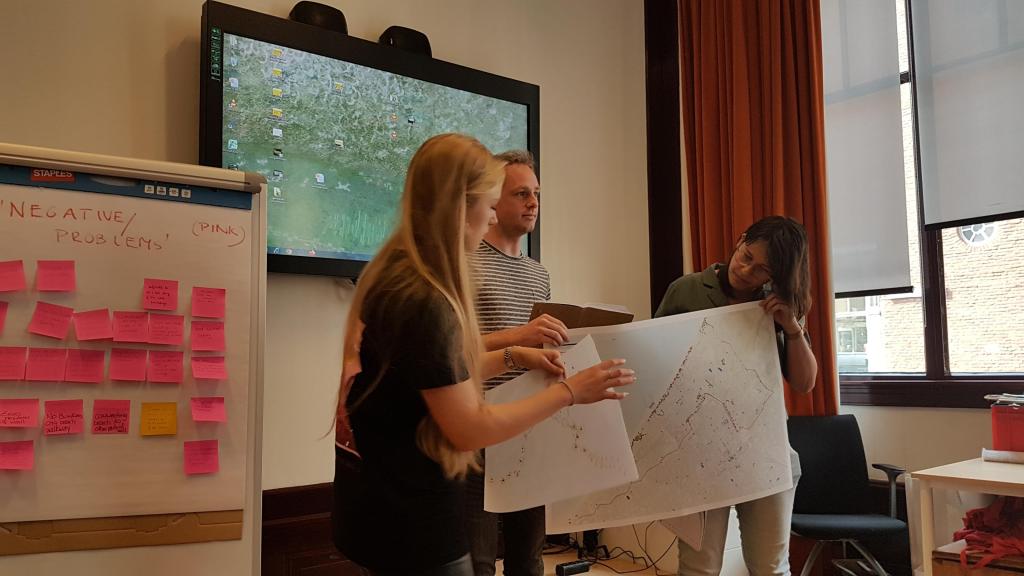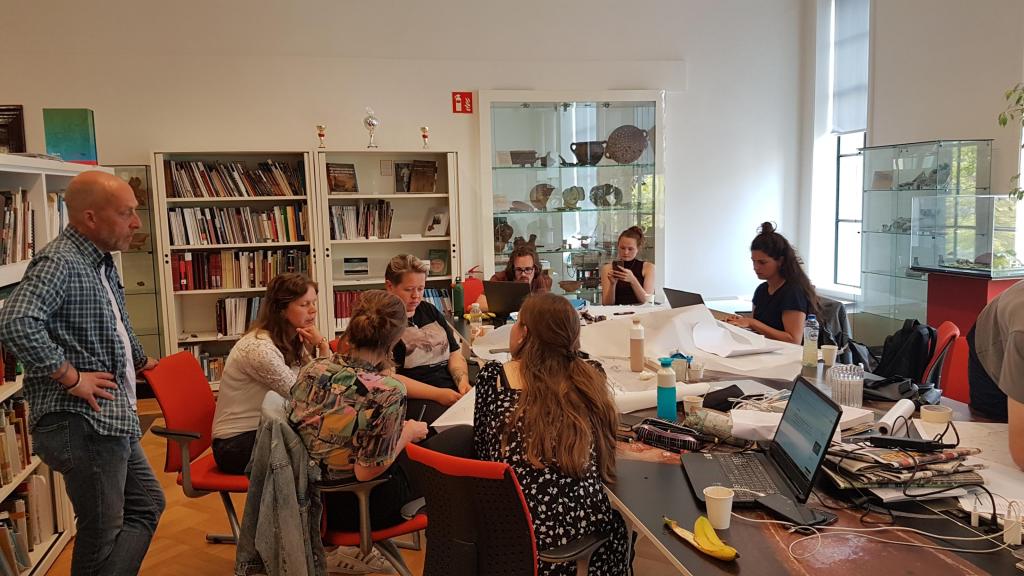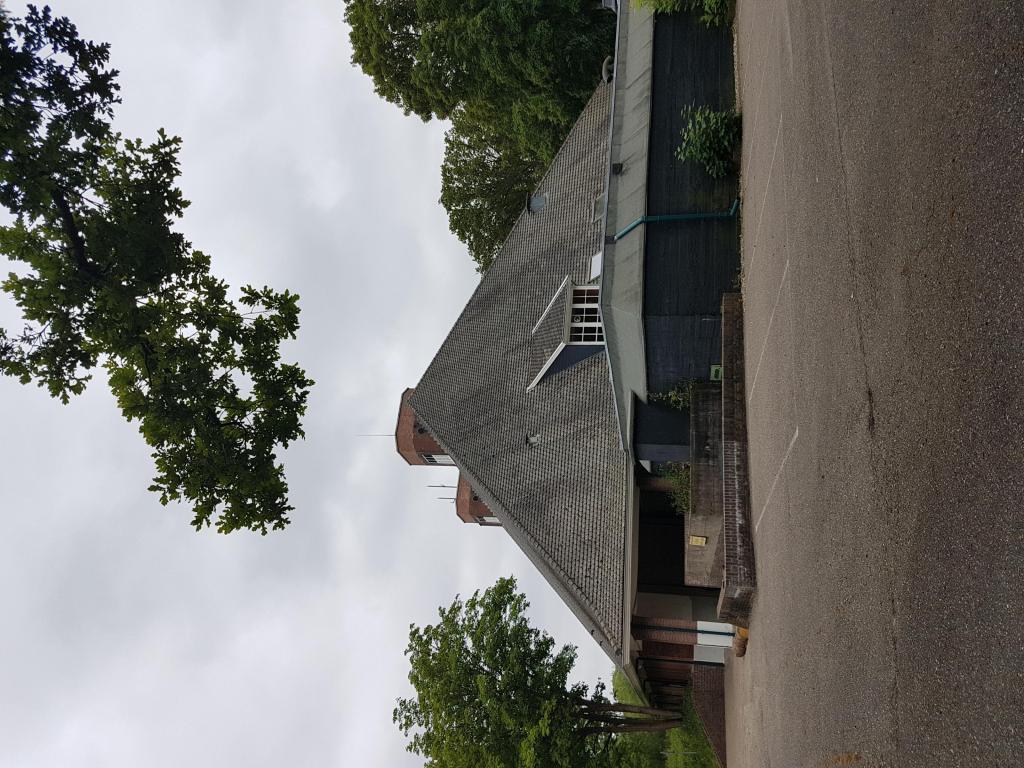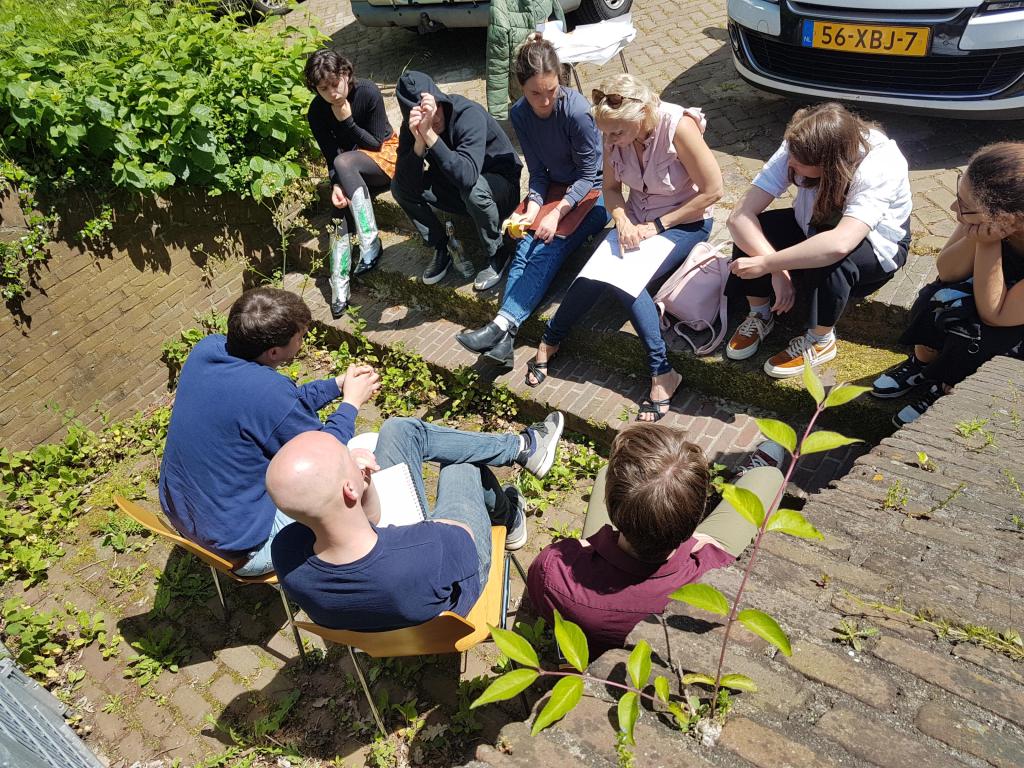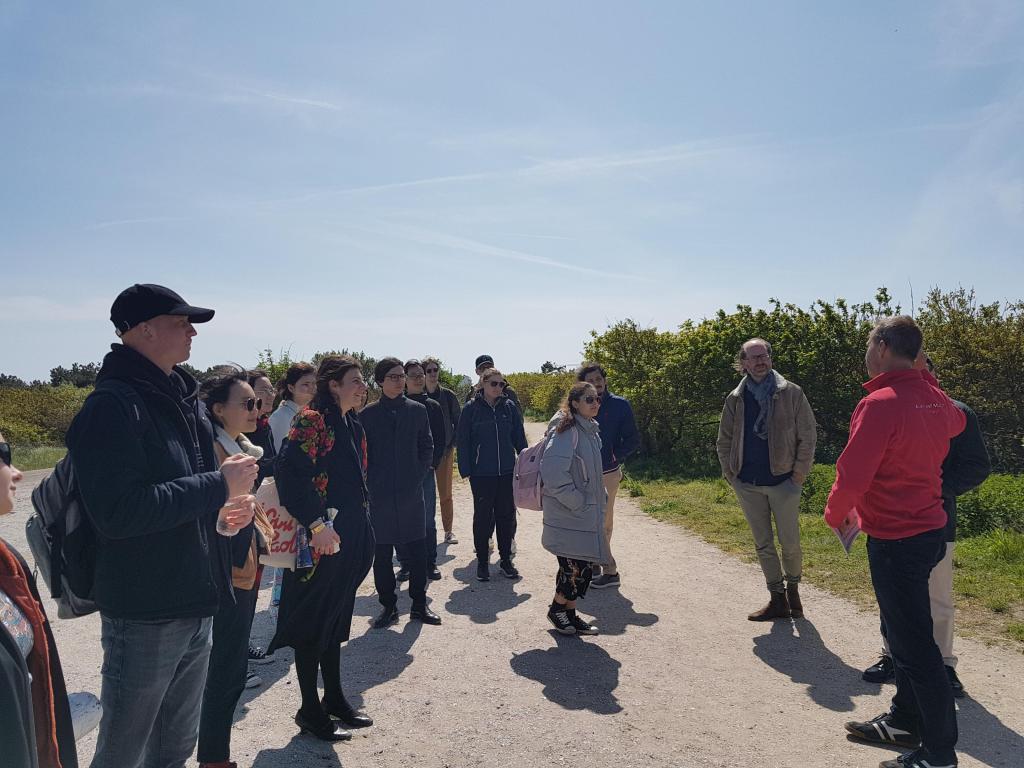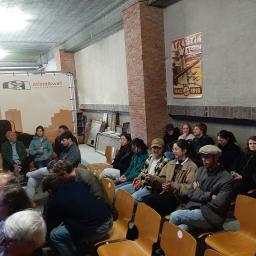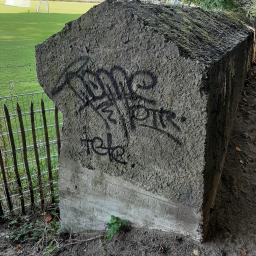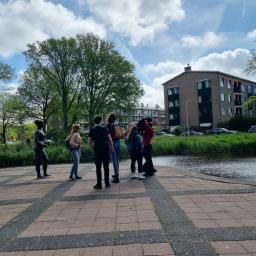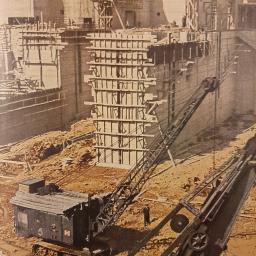Workshop/Design Studio Atlantikwall South-Holland 2023
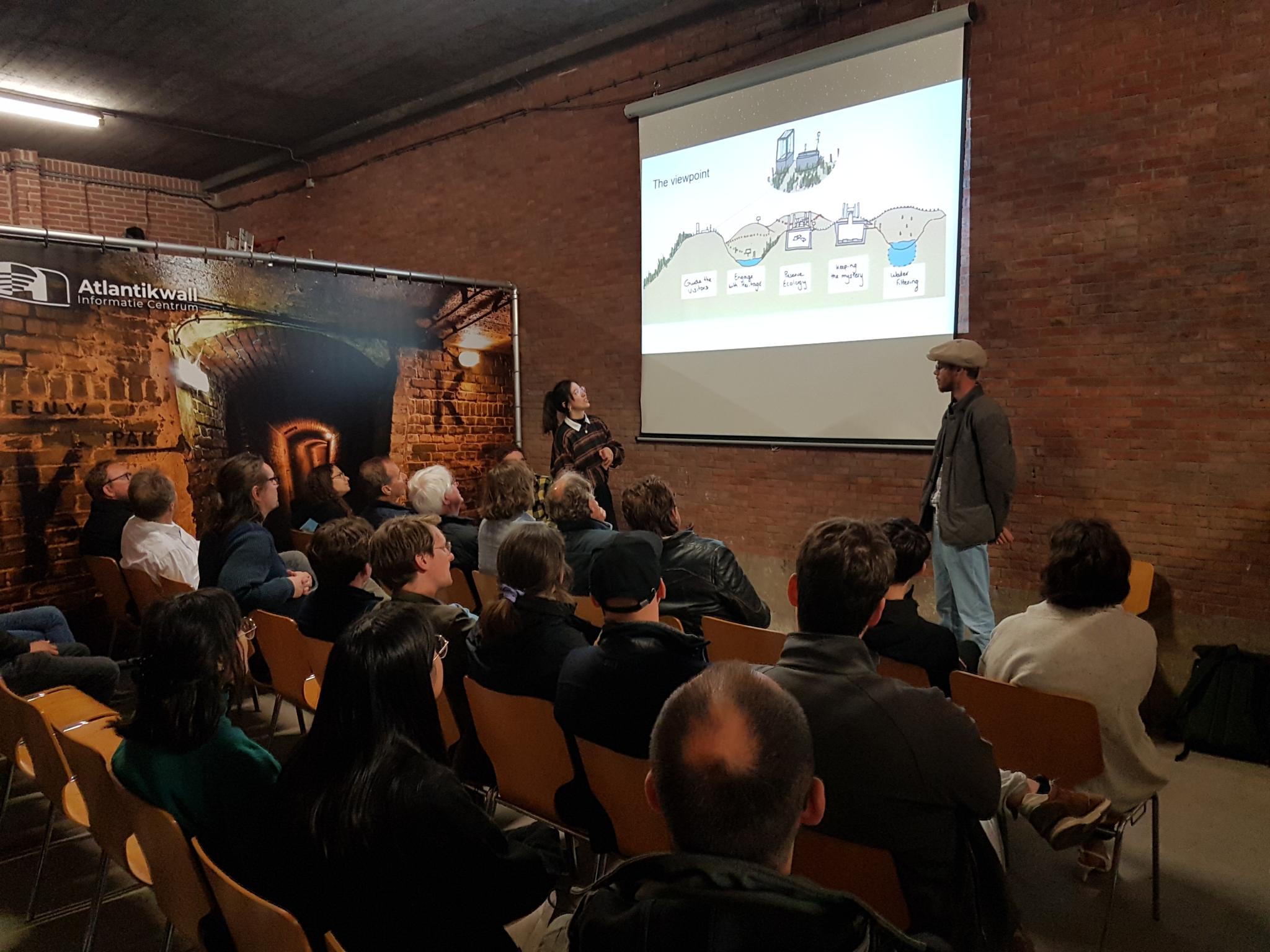
Background workshop/design studio
Every year, a number of universities and the Leiden-Delft-Erasmus Center for Global Heritage organize a student workshop on a current spatial heritage issue. The students come from different studies, especially landscape architecture, history, archaeology and heritage studies. They work intensively in small interdisciplinary groups to answer a question from the heritage field in a four-day session. The students use a spatial design process as a powerful tool to analyze the problem and propose solutions. The end result consists of a number of visual designs with textual explanations that propose different solutions in a creative and concise way.
The Atlantikwall and its legacy
The Atlantikwall was a line of defense and Nazi Germany's largest infrastructure project, built to defend Western Europe against an Allied invasion. In the Netherlands and other occupied countries, almost the entire coastal area had been transformed by the Nazis into a military landscape with bunkers for guns and troops, trenches, barbed wire and minefields.
South Holland and its residents suffered enormously from the construction of the Atlantikwall, for example, thousands of people were forced to leave their homes in The Hague, Katwijk and Noordwijk. After the war, people had an aversion to the relics of the occupying forces, such as the Atlantikwall, and bunkers, tank walls and anti-tank ditches were demolished in various places. However, it turned out to be too much of a task to demolish everything and as a result, many buildings and traces of the Atlantikwall can still be found in the Dutch coastal areas today.
Now that the generation who consciously experienced the war is slowly disappearing, it is time for the current generations to think about the many traces of the Second World War. This is an ongoing process because each generation has to make a decision about which things we refer to as “heritage” and therefore want to pass on and what we indicate as less relevant. In recent years there has been an undeniable growing interest in the uncomfortable heritage of the Atlantikwall in the Netherlands, as evidenced by the fact that since the 1990s many volunteers have committed themselves to renovating bunkers and opening them up as a museum to commemorate WW2.
However, other aspects also surround the bunkers of the Atlantikwall. A bunker can sometimes get in the way in a city like The Hague with a housing project. Is demolition then (un)desirable? The bunkers were built in series and almost none of them are unique, should we keep everything? Moreover, over the years many bunkers have been damaged by the elements and graffiti, they are rarely aesthetically beautiful objects to look at. The bunkers were made by Dutch contractors and workmen with Dutch money (the tax authorities also fell under the occupier) or built by prisoners of war under poor conditions. Bunkers are less about their value as a historical resource and more about the symbolic value they represent as an attempt by Nazi Germany to deny freedom to Europe. In short, the remains of the Atlantikwall confront us with various dilemmas when we think about preserving them for the future.
The province of South Holland is the commissioner for this workshop and is working with the municipalities of The Hague, Katwijk, and Noordwijk.
The outcomes
Link naar het boekje…
Commissionair
Provincie Zuid Holland, Erfgoedtafel Atlantikwall, Bas van Toledo
Staff
dr. G.A. Verschuure-Stuip (TU Delft)
dr. R. Jansen (Leiden University)
dr. R. de Boer (TU Delft)
MA L. Struckman (Wageningen University)
Workshop/Design Studio Atlantikwall South-Holland 2022
Background workshop/design studio
Every year, a number of universities and the Leiden-Delft-Erasmus Center for Global Heritage organize a student workshop on a current spatial heritage issue. The students come from different studies, especially landscape architecture, history, archaeology and heritage studies. They work intensively in small interdisciplinary groups to answer a question from the heritage field in a four-day session. The students use a spatial design process as a powerful tool to analyze the problem and propose solutions. The end result consists of a number of visual designs with textual explanations that propose different solutions in a creative and concise way.
The Atlantikwall and its legacy
The Atlantikwall was a Defenceline made by Nazi Germany and is the largest infrastructure project to defend The Third Reich. Almost the entire coastal area of Western Europe, transformed into a military landscape with bunkers for guns and troops, trenches, barbed wire and minefields, crossing several coastal cities like Scheveningen and The Hague.
South Holland and its residents suffered enormously from the construction of the Atlantikwall, for example, thousands of people were forced to leave their homes in The Hague causing disruption in the urban tissue. After World War 2, the citizens of The Hague choose to remove the relics or, if this was too difficult, hide them under the sand. Only a few bunkers were reused for the Cold War. However, it turned out to be too much of a task to demolish everything and as a result, many buildings and traces of the Atlantikwall can still be found in the Dutch coastal areas today.
Now that times are changing, the current generations reevaluate the position of the remains of the Second World War as part of new ideas on heritage preservation. However, other aspects also surround the bunkers of the Atlantikwall. A bunker can sometimes get in the way in a city like The Hague with a housing project. Is demolition then (un)desirable? The bunkers were built in series and almost none of them are unique, should we keep everything? Moreover, over the years many bunkers have been damaged by the elements and graffiti, they are rarely aesthetically beautiful objects to look at. The bunkers were made by Dutch contractors and workmen with Dutch money (the tax authorities also fell under the occupier) or built by prisoners of war under poor conditions. Bunkers are less about their value as a historical resource and more about the symbolic value they represent as an attempt by Nazi Germany to deny freedom to Europe. In short, the remains of the Atlantikwall confront us with various dilemmas when we think about preserving them for the future.
The province of South Holland and the heritage table (Bas van Toldeo) is the commissioner for this workshop and is working with the municipalities of The Hague.
Staff
dr. G.A. Verschuure-Stuip (TU Delft)
dr. R. Jansen (Leiden University)
dr. R. de Boer (Leiden University)
M. Brinkhuijsen (Wageningen University)
